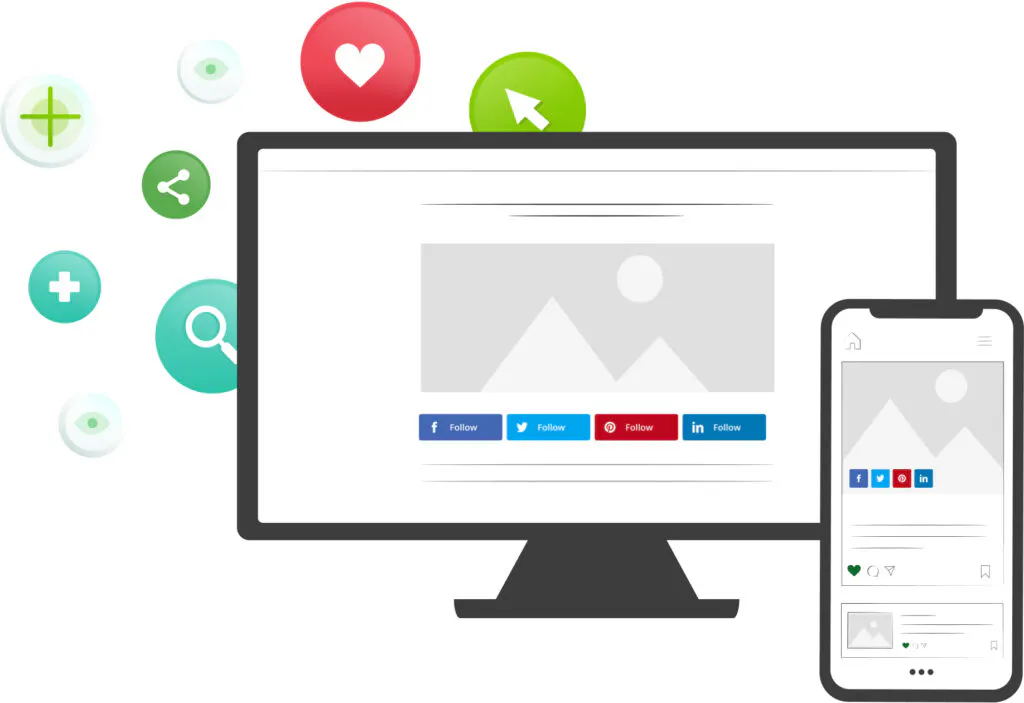Popular Follow Buttons
Choose to install share buttons from over 40 of the most popular social channels

- Choose channels
Select social networks and tailor the buttons to match your brand - Add the code to your site
Insert your unique ShareThis code to the header section of your website - Copy and paste the placement code
Add placement code wherever you want the tool to appear
Frequently Asked Questions
Got any questions about our products and services? Look no further!
Frequently Asked Questions
Got any questions about our products and services? Look no further!
The GitHub follow button lets your website visitors easily follow you on GitHub (a software development platform). GitHub brings together developers who want to see what others are working on, and connect with them – and when you follow someone, you’ll see notifications on your personal dashboard about their activity.
If you don’t have a background in software development, you might have never heard of GitHub. If you’re curious about what it is, here’s the basics.
“Git” is a version control system created by Linus Torvalds (who also created Linux). A version control system keeps different version of software safe in a “repository”, so that, for example, a bug fix that ends up causing more problems can easily be reversed.
Git has taken over from previously popular systems, such as Subversion (also called SVN), as it’s possible to use Git offline, and many people believe it has better branching and merging support.
So where does GitHub come in? This is an online space where developers can store their projects and network or collaborate with other developers. It’s like a social network for computer programmers. If you want to find out more, How to Geek has a great article explaining it in detail here.
To encourage people to connect with you and follow your projects on GitHub, you can put a GitHub follow button on your website.
GitHub is primarily used by developers (programmers), but it can also be used by anyone who wants version control to make it easy to keep control of and merge changes. That means you could potentially use it for things like book manuscripts or large presentations.
In practice, though, you’re probably only going to use GitHub if you’re engaged in software development. Perhaps you’re developing a mobile app, for instance. GitHub is a great way to get help and support from other developers – or you could use it as a place to look for projects that you might want to contribute to.
On GitHub, people have a couple of ways of showing that they like your projects: they can “follow” you and see your activity on their personal dashboard, and/or they can “star” one or more of your repositories.
The number of followers you have is shown on your profile, so it can provide an indication of how established or popular a particular GitHub user is. (Linus Torvalds has the most followers on the platform.)
The “star” saves your repository to their personal list, which is a useful way to bookmark it so you can follow it later. It’s also seen as a popularity signal, as the number of stars is displayed against the repository – so repositories with lots of stars are generally seen as more useful and tested than others. People can also see, on your profile, what you’ve starred. GitHub also has a “sponsorship” system, where people can choose to sponsor you by giving you a recurring monthly payment. This works a bit like Patreon, with different levels of sponsorship (set by GitHub) available.
Social Plugins
Our CMS plugins and apps make it easier to integrate our tools with your website.























































